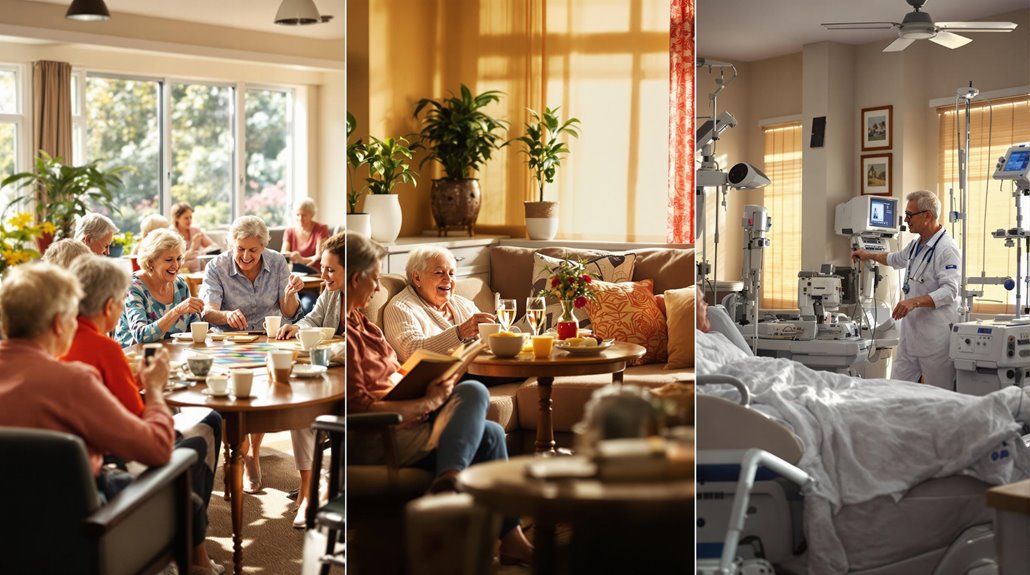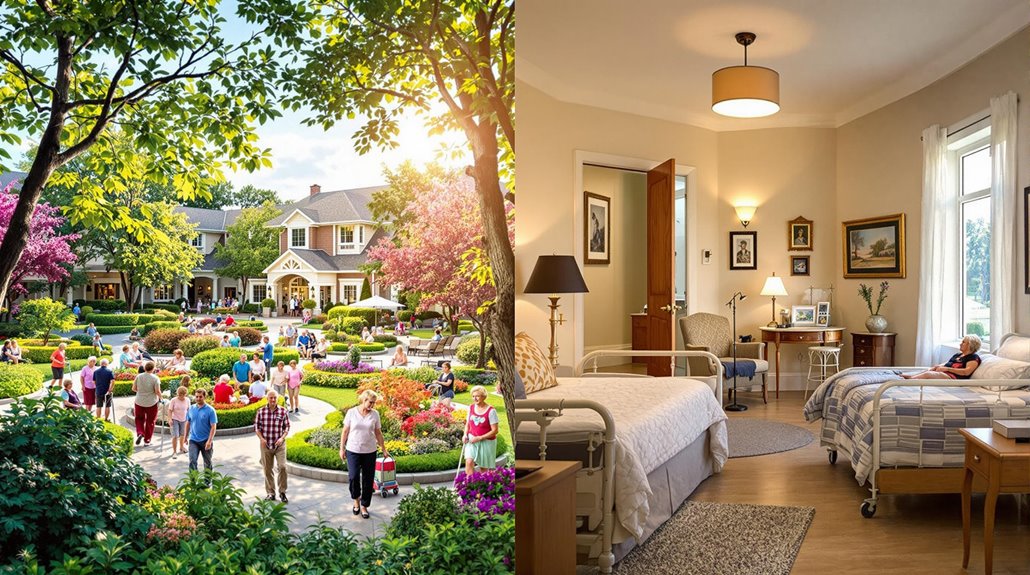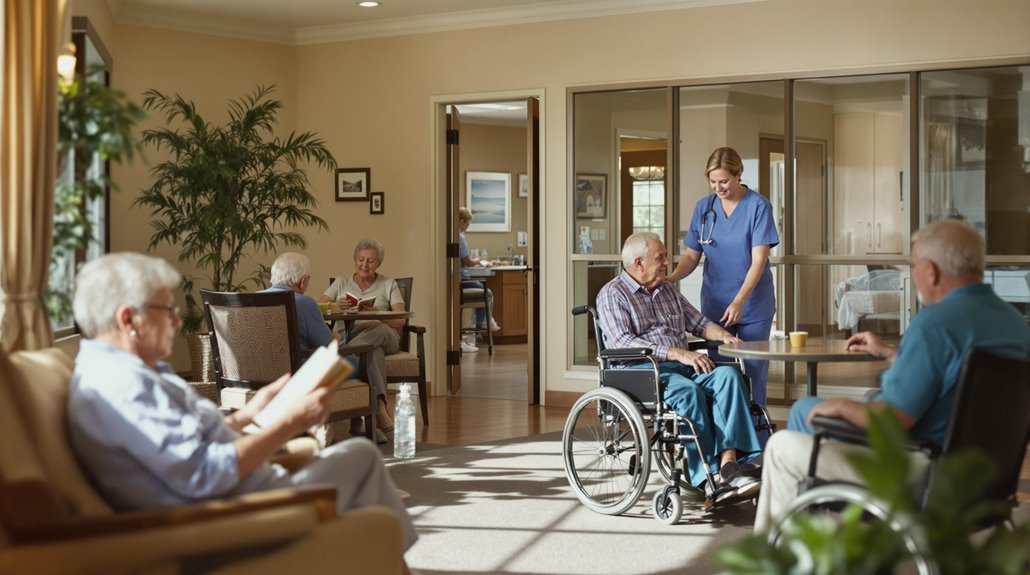Choosing between assisted living and skilled nursing can be a complex decision for families. Each option offers distinct benefits tailored to different needs. Assisted living focuses on promoting independence while providing support for daily activities, whereas skilled nursing delivers thorough medical care around the clock for those with significant health challenges. Understanding the nuances of these options is essential for ensuring that your loved one receives the appropriate level of care suited to their unique circumstances. What factors should be considered in making this important choice?
Key Takeaways
- Assess your loved one’s medical needs; skilled nursing is best for those requiring continuous medical care, while assisted living is suitable for independent seniors needing support.
- Consider the cost implications; assisted living is generally more affordable than skilled nursing, which can be 57–86% more expensive.
- Evaluate the desired level of social engagement; assisted living promotes independence and social activities, whereas skilled nursing focuses on medical support and rehabilitation.
- Understand staffing challenges; skilled nursing facilities face higher turnover rates and potential care continuity issues due to nursing shortages.
- Tailor care options to personal values and preferences; align the choice of facility with your loved one’s health care needs and lifestyle desires.
Understanding Assisted Living

Understanding assisted living involves recognizing a blended care model that provides seniors with a supportive environment while promoting independence.
These facilities cater to seniors who require assistance with activities of daily living (ADLs), such as bathing, dressing, and medication management. With 24/7 staffing, they guarantee safety and well-being, while fostering resident engagement through social activities and communal spaces.
Caregiver support is integral, as trained staff deliver personalized care in home-like settings that emphasize autonomy. Residents may live in various accommodations, from private rooms to shared apartments, each designed for accessibility.
Additionally, tailored meal options and emergency response systems enhance the overall quality of life, creating a nurturing atmosphere that encourages both independence and community.
Exploring Skilled Nursing Facilities
Skilled nursing facilities (SNFs) serve as crucial components of the healthcare continuum, particularly for individuals requiring specialized medical care and rehabilitation services. These facilities prioritize patient care, offering around-the-clock nursing support and therapeutic interventions tailored to individual needs.
Adhering to stringent facility regulations guarantees a safe and compliant environment for residents. Despite recent increases in Medicare Part A payments, SNFs face challenges such as workforce shortages and rising operational costs.
Occupancy rates have shown consistent growth, highlighting the increasing demand for skilled care. Additionally, technological innovations, including telehealth and data analytics, enhance service delivery, improving communication between SNFs and healthcare providers.
Collectively, these factors underscore the critical role SNFs play in meeting the community’s healthcare needs.
Key Differences Between Assisted Living and Skilled Nursing

While both assisted living and skilled nursing facilities aim to support individuals in need of care, they cater to distinctly different populations and care requirements.
Assisted living and skilled nursing facilities serve different populations, each tailored to specific care needs and support levels.
The key differences include:
- Level of Medical Care: Assisted living provides support for daily activities without 24/7 nursing supervision, while skilled nursing offers continuous care by licensed professionals, including rehabilitation services.
- Caregiver Qualifications: Assisted living staff typically consists of aides, whereas skilled nursing employs registered nurses and specialized therapists to manage complex medical needs.
- Cost and Funding Sources: Assisted living usually involves private pay, whereas skilled nursing may be funded through Medicare or Medicaid, reflecting their differing service levels.
Understanding these differences helps families choose the best option for their loved ones’ unique needs.
Assessing Independence Levels
Evaluating independence levels is an important step in determining the appropriate care setting for individuals moving from home to assisted living or skilled nursing facilities.
An independence assessment typically involves examining activities of daily living (ADLs) and instrumental activities of daily living (IADLs), which help gauge a person’s self-care and decision-making capabilities.
A mobility evaluation is also essential, as it addresses ambulation and balance, which are critical for assisted living eligibility. Those who exhibit significant deficits in these areas may require skilled nursing care.
Additionally, cognitive evaluations assess understanding and judgment, ensuring that individuals can manage safety and daily tasks effectively.
Understanding these factors empowers families to make informed decisions tailored to their loved one’s unique needs.
Cost Comparisons: Assisted Living vs. Skilled Nursing

When comparing the costs of assisted living and skilled nursing facilities, it becomes essential to contemplate not only the average monthly expenses but also the specific services included in each setting.
The cost trends illustrate significant disparities:
The cost trends reveal notable differences between assisted living and skilled nursing facilities.
- Assisted Living: Approximately $5,900/month, covering meals, housekeeping, and basic care.
- Skilled Nursing: Ranges from $9,277/month (semi-private) to $10,965/month (private), offering around-the-clock medical care and specialized therapies.
- Cost Disparity: Nursing homes typically cost 57–86% more than assisted living options.
Pricing factors such as room type, geographic location, and care level can further influence these expenses.
Families must evaluate their loved ones’ needs, considering both financial implications and the type of care required to make an informed decision.
Staffing Challenges in Care Facilities
Staffing challenges in care facilities have reached critical levels, substantially impacting the quality of care provided to residents.
With over 500,000 nursing shortages projected by 2025, facilities struggle to maintain adequate staffing ratios, leading to caregiver burnout and high turnover rates. Many nurses report considering leaving direct patient care roles due to emotional exhaustion exacerbated by the pandemic.
Additionally, reliance on temporary staff creates instability, further compromising care continuity. As the aging population requires more specialized care, the shrinking applicant pool and increasing demand place immense pressure on facilities to recruit and retain skilled professionals.
Addressing these staffing shortages is vital to guarantee that residents receive the compassionate and attentive care they deserve.
Services Offered in Assisted Living

- Assistance with Daily Activities: Support for bathing, dressing, and grooming helps residents maintain their independence.
- Health and Wellness Programs: Fitness activities and tailored health services promote physical well-being.
- Community Engagement Opportunities: Group activities and social events foster connections among residents, reducing feelings of isolation.
Medical Care Provided in Skilled Nursing
Although skilled nursing facilities (SNFs) are designed to provide extensive medical care for individuals with significant health needs, they face numerous challenges in delivering this essential service.
Medical assessments are essential, ensuring that each resident’s health status is closely monitored, yet staffing shortages have impacted the quality of care. The reliance on agency nurses, while necessary, often leads to higher costs and inconsistent care continuity.
Staffing shortages and reliance on agency nurses threaten the quality and continuity of care in skilled nursing facilities.
Additionally, rehabilitation services, important for recovery and maintaining quality of life, are strained by budget constraints and high turnover rates among staff. Compliance with CMS standards remains critical, as facilities must navigate serious deficiencies while working to offer compassionate and thorough care to their residents.
The commitment to excellence in skilled nursing care must overcome these significant hurdles.
Demographics of Residents

Demographics play an essential role in understanding the landscape of assisted living and skilled nursing facilities, as they reflect the needs and characteristics of the residents who inhabit these environments.
Key insights include:
- Resident Age: The majority of residents in both settings are aged 85 and older, with assisted living facilities having a notable proportion of individuals aged 65-84.
- Gender Ratios: Long-term care facilities exhibit a 2:1 female-to-male ratio, largely due to women’s longer life expectancy and their greater need for care.
- Diversity: Skilled nursing homes tend to have more racial and ethnic diversity compared to the mainly non-Hispanic white residents in assisted living.
Understanding these demographics aids families in making informed decisions about care for their loved ones, highlighting the importance of tailored support.
Making the Right Choice for Your Loved One
When considering the best care option for a loved one, families often find themselves asking, “What level of support is necessary?”
The choice between assisted living and skilled nursing is significant, as each option caters to different needs and lifestyles. Families should evaluate personal values, such as independence versus intensive medical care, alongside family dynamics that may influence the decision.
Assisted living is ideal for those requiring minimal support with daily activities, promoting autonomy and a home-like environment. In contrast, skilled nursing serves individuals with complex medical needs, offering round-the-clock care.
Assisted living fosters independence with minimal support, while skilled nursing provides comprehensive care for complex medical needs.
Ultimately, understanding the specific requirements and preferences of the loved one is essential in making an informed choice that aligns with their health care needs and personal values.
Bottom Line
In summary, selecting between assisted living and skilled nursing for a loved one requires careful consideration of their individual needs, preferences, and financial situation. Assisted living offers a balance of independence and support, while skilled nursing guarantees extensive medical care. By thoroughly evaluating the specific health conditions and lifestyle desires of your loved one, families can make an informed decision that prioritizes well-being and comfort, ultimately fostering a supportive environment that enhances their quality of life.




